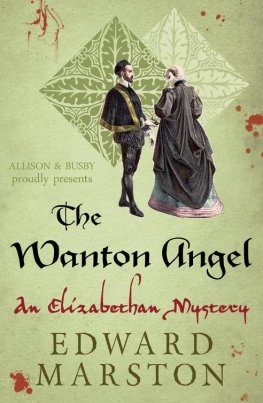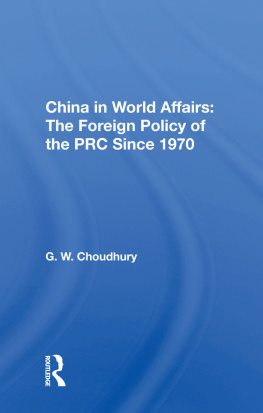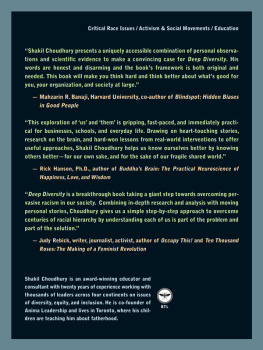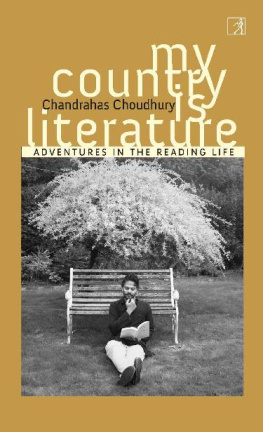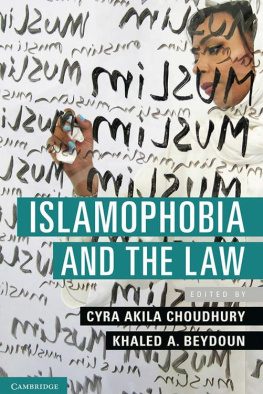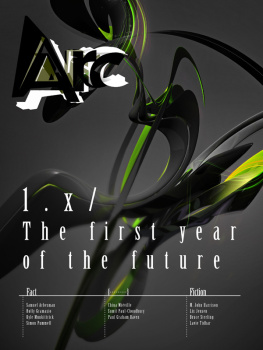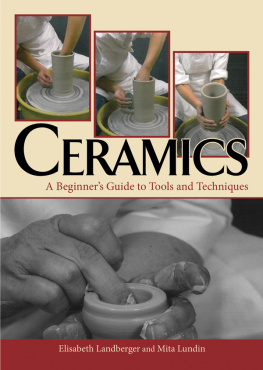The Wanton Jesuit and the Wayward Saint
The Wanton Jesuit and the Wayward Saint
A Tale of Sex, Religion, and Politics in Eighteenth-Century France
Mita Choudhury
The Pennsylvania State University Press
University Park, Pennsylvania
Earlier versions of portions of this book have appeared in A Betrayal of Trust: The Jesuits and Quietism in Eighteenth-Century France, Common Knowledge 15, no. 2 (2009): 16480, 2009 Duke University Press, all rights reserved; Carnal Quietism: Embodying Anti-Jesuit Polemics in the Catherine Cadire Affair, 1731, Eighteenth-Century Studies 39, no. 2 (2006): 17386; and Female Mysticism and the Public Sphere in Eighteenth-Century France, in Under the Veil, ed. Katherine Quinsey (Newcastle: Cambridge Scholars Press, 2012), 14571, published with the permission of Cambridge Scholars Publishing.
Library of Congress
Cataloging-in-Publication Data
Choudhury, Mita, 1964, author.
The wanton Jesuit and the wayward saint : a tale of sex, religion, and politics in eighteenth-century France / Mita Choudhury.
pagescm
Summary: Investigates the scandalous 1731 trial in which a young woman in the south of France accused her Jesuit confessor of seduction, heresy, abortion, and bewitchment. Examines this trial in the context of growing public disenchantment with the church and the monarchyProvided by publisher.
Includes bibliographical references and index.
ISBN 978-0-271-07081-0 (cloth : alk. paper)
1. Girard, Jean-Baptiste, 16801733Trials, litigation, etc.
2. Cadire, Marie-Catherine, 1709 Trials, litigation, etc.
3. Trials (Seduction)FranceAix-en-ProvenceHistory18th century.
4. JesuitsFranceHistory18th century.
5. Sexual misconduct by clergyFranceHistory18th century.
6. JansenistsFranceHistory18th century.
I. Title.
KJV 135. G 57 C 48 2015
345.440253dc23 2015022780
Copyright 2015
The Pennsylvania State University
All rights reserved
Printed in the United States of America
Published by
The Pennsylvania State University Press,
University Park, PA 16802-1003
The Pennsylvania State University Press
is a member of the
Association of American University Presses.
It is the policy of The Pennsylvania State University Press to
use acid-free paper. Publications on uncoated stock satisfy
the minimum requirements of American National Standard
for Information SciencesPermanence of Paper for
Printed Library Material, ansi z39.481992.
Additional credits: Details on pages ) are from Historische print- en dicht-tafereelen van Jan Baptist Girard, en juffrou Maria Catharina Cadiere. Courtesy of Bibliothque Mjanes, Aix-en-Provence.
For Suhas Choudhury (19352011) and Dolly Choudhury
CONTENTS
The inspiration for this book came from two sources that have enriched my career as an historian and a teacher. I became aware of the Girard/Cadire affair while doing research on convents and nuns; Sarah Maza, mentor par excellence, told me about this great story from Provence in the early eighteenth century. I filed it away, not fully appreciating the complexity of the affair. I returned to the Cadire scandal when I began teaching at Vassar College. Ever curious and fearless, Vassar students surprised me with a bombardment of questions on Jansenism and religious politics, topics I introduced apologetically. I soon realized that this trial was the perfect vehicle to carry students and readers into the world of eighteenth-century religious dissent and politics, to understand the connections between gender, sexuality, and religion, and to appreciate how a public was formed in the Old Regime.
The research and writing of The Wanton Jesuit and the Wayward Saint was made possible thanks to the following sources. Vassar College has generously funded this project via the Mellon Faculty Enhancement grant, the Gabrielle Beck fund, the Olin College Fund, and the Anne McNiff Tatlock 61 Endowment for Strategic Faculty Support. I also wish to thank the following at Vassar College for helping me procure these funds: the Dean of Facultys office, the Committee on Research, Pinar Batur, Anne Pike-Tay, and Amanda Thornton. I am grateful to the National Endowment for the Humanities for a fellowship that allowed me to give my full attention to the writing. I owe special thanks to Judith Dollenmayer of the Vassar Grants Office for her enthusiasm for the project and for her willingness to go above and beyond any reasonable request for help!
No historian can undertake a project without the generous assistance of librarians and archivists. Monsieur Philippe Ferrand provided such assistance during my visits to the Bibliothque Mjanes in Aix-en-Provence. I would also like to thank the staffs at the Bibliothque nationale de France and the Bibliothque de lArsenal in Paris, the Bibliothque municipale dAvignon (Mdiathque Ceccano), the Archives dpartementales in Aix, the Archives dpartementales and the Bibliothque municipale in Toulon, and the Bibliothque municipale in Dijon. Special thanks also go to Madame Galle Neuser at the Muse Paul Arbaud in Aix. I remain especially grateful to Valrie Guittienne-Mrger and Fabien Vandermarq, who always give me a warm welcome and access to the many treasures at the Bibliothque de la Socit de Port-Royal on the rue Saint-Jacques in Paris. In the United States, Vassar Colleges interlibrary loan staff has almost never said no. And thanks go to Ron Patkus, head of Vassars Special Collections, for his patience and support.
The community of French historians and scholars has been essential to the development of this book. Conversations with Dale Van Kley, Thomas Kaiser, Bob Kreiser, and Jeffrey Merrick have been enormously fruitful for considering eighteenth-century French politics. Comments on conference papers from Joan Landes, Dan Smail, and Chuck Walton gave me much food for thought. Yet again, Sarah Maza deserves special thanks for her comments on a paper I delivered more than a decade ago on first starting the Cadire project; she also gave me invaluable feedback during the final throes of manuscript completion. Throughout this project, Daniella Kostroun has been a wonderful colleague and friend, willing to provide advice at a moments notice. At different times, Linda Lierheimer, Lynn Mollenauer, and Leslie Tuttle have asked hard questions and provided great insight. Although we have never met, Stphane Lamotte generously shared his dissertation with me, and I remain in awe of his research.
My experience teaching at Vassar was the impetus for this book, and Vassar has offered friendships that have made this book possible. Heartfelt thanks go to Lydia Murdoch, who provided unwavering support and caring through every stage of this book. Susan Hiner also read portions of the manuscript and helped me with various translations. Karen Robertson enthusiastically listened to my ideas about women and mysticism after I gave a talk at a Womens Studies First Friday event before a group of generous feminist scholars from different disciplines across campus. Tom Hill and Brian Lukacher helped locate information on satyrs, a quest that came out of an offhand, yet insightful, comment. My accountability group, which included Curtis Dozier, Laura Kasson-Fiss, Julie Park, and Susan Trumbetta, gave me the courage to write. Both Jim Merrell and Jim Olsen provided incisive and insightful feedback during the early stages of the project. I cannot thank Barbara Monaco enough for her support during some difficult times. And Michelle Whalen deserves a standing ovation for her cheerful willingness to help whenever asked. Over the years, various student research assistantsAlyssa Aquino, Peter Chesney, Elizabeth Cole, and Henk Isomhelped gather and organize information.




